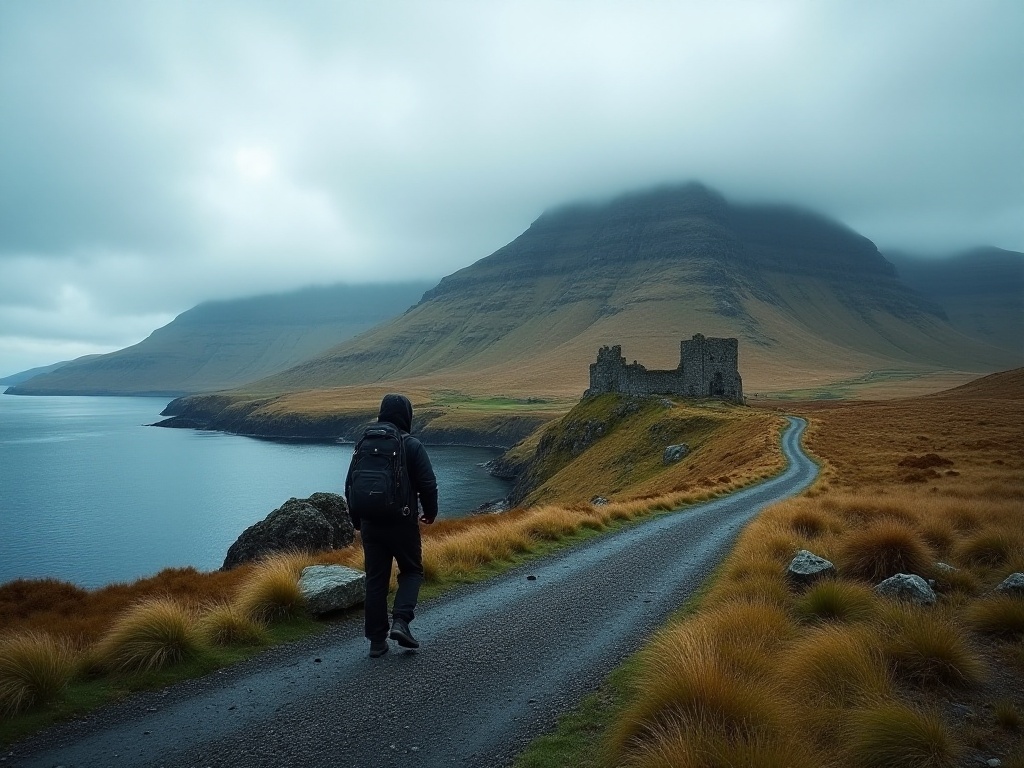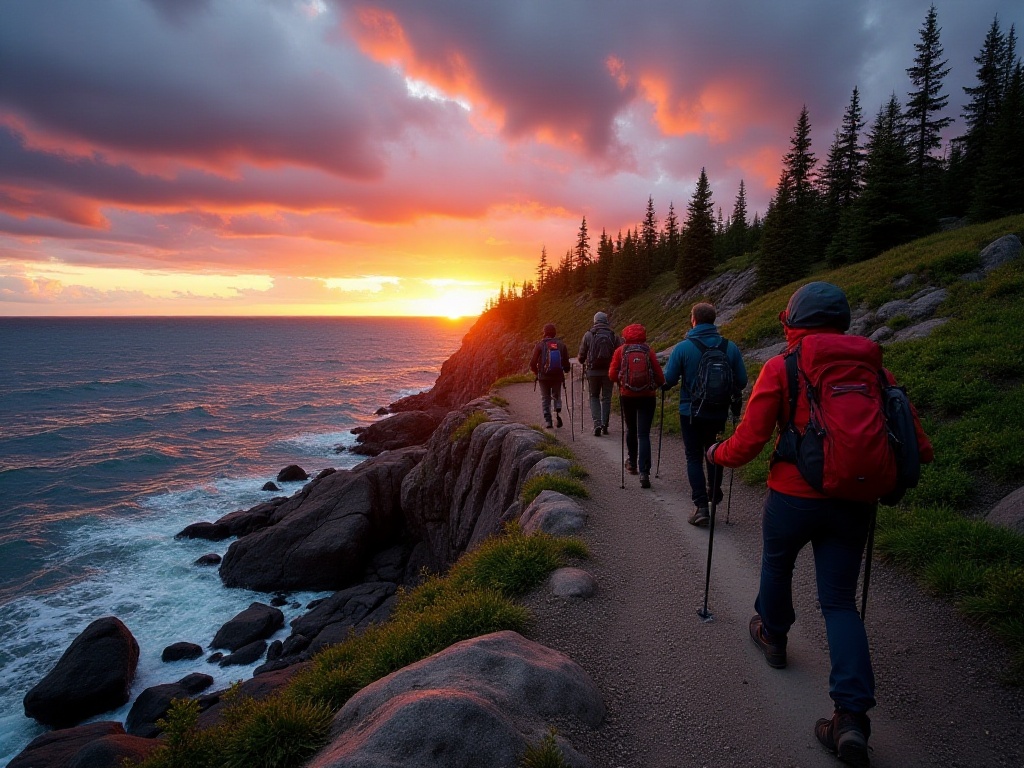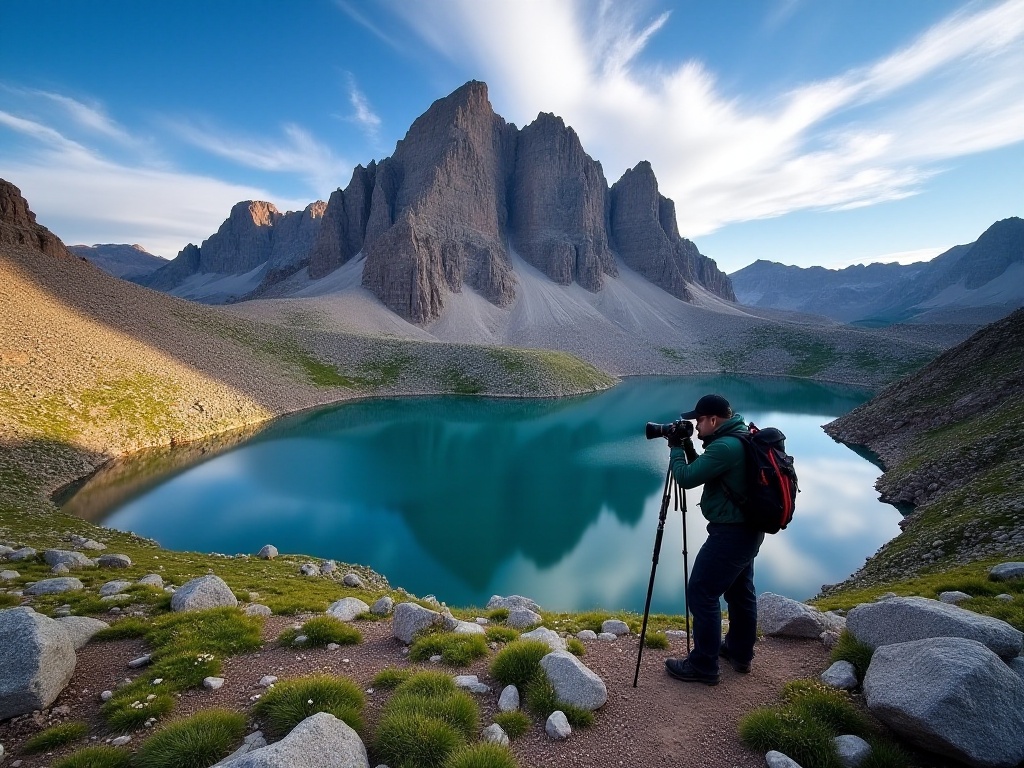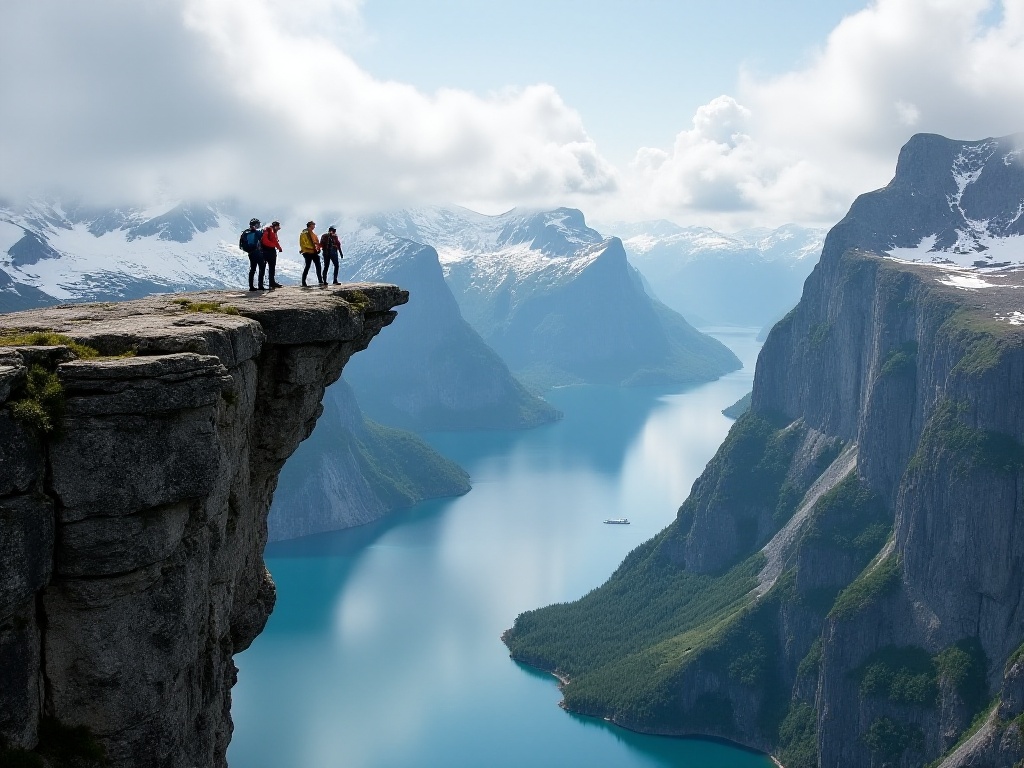Origins
I'll never forget that heart-racing feeling when I first heard about the Appalachian Trail. It was on an ordinary afternoon while browsing a hiking forum when I came across a map of a trail spanning the U.S. East Coast. This 2,180-mile hiking trail winds like a great dragon from Georgia in the south, traversing 14 states northward until reaching Maine at its northernmost point.
I was stunned by the number - 3,500 kilometers! That distance is equivalent to walking from Beijing to Kunming, or from Shanghai to Lhasa. As an experienced hiker who had completed numerous short and medium-distance treks, I was immediately captivated by this trail known as the "AT" (short for Appalachian Trail).
Over the next few months, I frantically searched for all related information, watching countless hikers' videos and blogs. Everyone who completed the AT said it wasn't just a hiking trip, but a life-changing pilgrimage. Now, having experienced it myself, I completely understand how they felt.
Trail Characteristics
The most appealing aspect of the Appalachian Trail is its accessibility. Compared to other famous long-distance trails like the Pacific Crest Trail on the U.S. West Coast or New Zealand's Te Araroa, the AT has more frequent and user-friendly resupply points.
My experience on the trail confirmed this. On average, you encounter a town or resupply point every 3-4 days. These points typically have post offices, grocery stores, and basic accommodation facilities. Sometimes, you can even find motels with hot showers, which is heaven for hikers who've been in the wilderness for days.
The trail marking system is also excellent. White blazes appear at regular intervals, either painted on trees or mounted on special posts. Even in poor visibility conditions, it's hard to lose your way if you pay attention.
The terrain variation is another AT highlight. Starting from the south, you pass through lush deciduous forests, rolling hills, and northern coniferous forests. Each section has its unique landscape features. For instance, in Great Smoky Mountains National Park, you'll see countless wildflowers, while in the Shawangunk Mountains, you can admire stunning cliffs.

Seasonal Choice
Choosing the right departure time is crucial for completing the AT. Based on my personal experience and that of other hikers, the best hiking period is from March to September. This timeframe is carefully considered.
If you choose to hike northbound (the most common direction), March is an ideal starting time. By then, Georgia's weather starts warming up but isn't too hot yet. Trees begin budding, wildflowers bloom, and the entire trail is filled with spring's essence.
As you head north, you'll follow spring and summer. When you reach the middle sections in June or July, you'll typically encounter some hot weather, but mountain temperatures are much cooler than the plains, and tree cover provides plenty of shelter.
By August or September when you reach Maine, autumn has quietly arrived. Maple leaves start turning red, the weather cools down, perfect for hiking. If you're fast enough, you can complete the entire trail before the first heavy snow.
2023 data shows the wisdom of this choice: over 80% of hikers who departed during this period successfully completed the entire trail. In contrast, the completion rate for those starting at other times was only about 50%.
Weather changes need special attention. Even in the best season, mountain weather can be unpredictable. I've experienced four seasons in one day: chilly spring morning, summer-like heat at noon, autumn rain in the evening, and frost forming outside the tent at night.
Equipment Preparation
When it comes to equipment, this is definitely a topic worth discussing in depth. According to 2024 survey data, experienced hikers typically carry packs weighing between 12-15 kilograms, including food and water.
My personal experience is that you must resist the urge to overpack on your first attempt. I remember my first long-distance hike preparation, when I packed three sets of spare clothes and loads of "just in case" equipment, resulting in a pack weighing over 20 kilograms. By the third day, I regretted not throwing away the excess items.
After this lesson, I developed a relatively complete equipment list. First are the three most important items: backpack, sleeping bag, and tent. The total weight of these three items should be kept under 5 kilograms. A backpack with 45-65 liter capacity is suitable, with attention to comfort of the carrying system. Choose a sleeping bag with appropriate temperature rating for the season; generally, a -7°C to 0°C bag is sufficient for spring and fall. A double-wall tent is better despite being heavier than single-wall, you'll appreciate the choice during rainy weather.
Clothing requires special attention to appropriate fabrics. I recommend choosing quick-drying functional materials, preferably using a layering system: moisture-wicking base layer, warm fleece middle layer, and wind/waterproof outer shell. Bring 3-4 pairs of socks, as keeping feet dry is crucial for preventing blisters.
Choose cooking equipment based on personal habits. If you like hot food, a lightweight stove is essential. I use a portable gas stove with titanium cookware set, totaling less than 500 grams. Fuel can be purchased at resupply points, so you don't need to carry too much at once.
A supply pack is another important piece of equipment. This should contain emergency items like first aid kit, waterproof matches, compass, etc. Although AT's marking system is excellent, a lightweight GPS device is still necessary for safety.
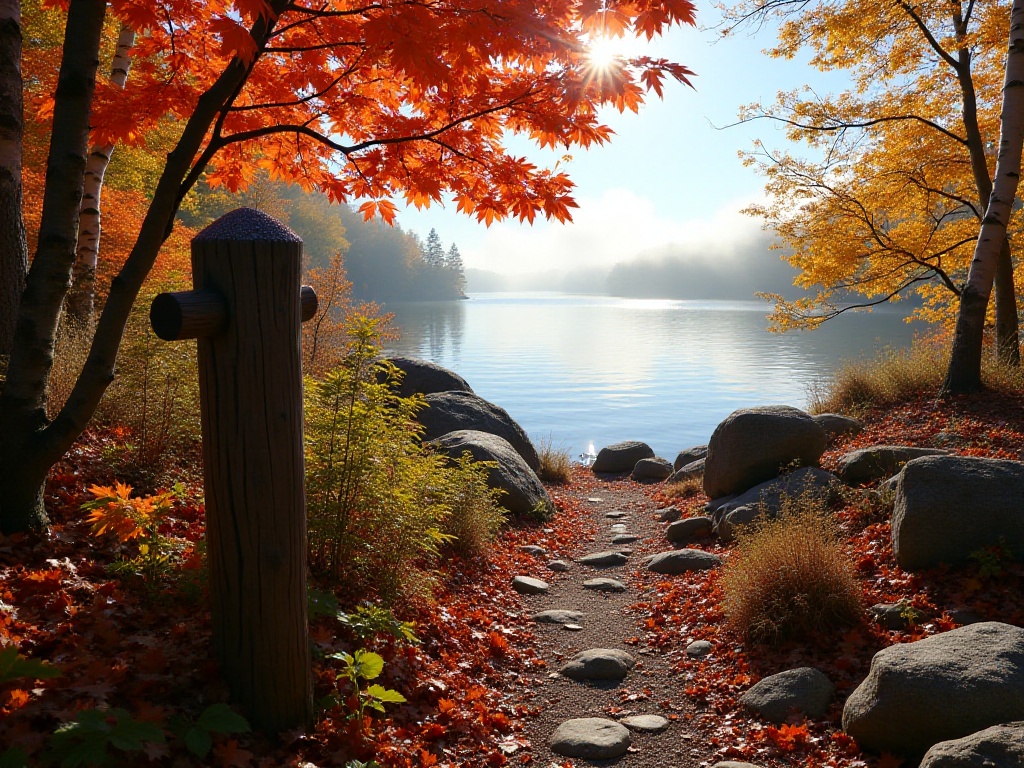
Physical Requirements
Regarding physical requirements, my experience is that willpower is often more important than physical fitness. Data shows that only 25% of those attempting a thru-hike complete it. Interestingly, few give up due to physical limitations.
Most people quit due to scheduling issues or psychological pressure. After all, hiking continuously for six months isn't easy. You face adverse weather, physical fatigue, possible loneliness, and isolation from the outside world.
However, this doesn't mean physical training isn't important. I recommend at least three months of targeted training before departure. First is aerobic capacity development, ensuring 3-4 long-distance walking or running sessions per week. Second is core strength training, as carrying heavy loads for long periods requires strong core muscles.
Most important is practical simulation. I recommend completing 3-4 weekend camping hikes before official departure. This not only tests equipment reliability but also helps your body gradually adapt to long-duration hiking.
During actual hiking, proper pace control is also important. Many beginners start too fast and burn out after a few days. I suggest maintaining a comfortable speed, controlling daily walking distance to 15-20 kilometers. As your body adapts, gradually increase the distance.
Cost Budget
Regarding costs, this might be a concern for many. According to 2023 statistics, completing a thru-hike typically requires $5,000-7,000. This might seem like a lot, but remember it's for six months of expenses.
The specific cost breakdown is as follows: equipment costs account for about 30% of total expenditure, including all necessary hiking gear. If you already have some basic equipment, this portion can be reduced accordingly.
Food and accommodation take the largest share, about 40%. Although most time is spent camping, staying in motels during town stops can be a significant expense. Regarding food, prices at resupply points are generally higher than in cities due to higher transportation costs.
The remaining 30% covers miscellaneous expenses, including transportation, insurance, mailing supply packages, etc. If budget allows, it's recommended to reserve some emergency funds for unexpected situations.
On average, daily expenses are about $30-40. This budget can ensure basic hiking needs, but if you want a more comfortable experience, like frequent motel stays or restaurant meals in towns, the budget might need to double.
Memorable Moments
During the six-month hiking journey, there were countless memorable moments. Most impressive was that morning in Virginia when I encountered a group of wild turkeys. I had woken up early and was preparing to pack up my tent. Suddenly I heard rustling in the woods, and looking up, saw a group of wild turkeys foraging leisurely near my campsite.
They weren't afraid of humans at all, maybe only about ten meters away. I held my breath, afraid to disturb them. Sunlight filtered through the leaves, casting dappled shadows on them. At that moment, I truly felt in harmony with nature.
Such wildlife encounters are actually quite common on the AT. According to 2023 statistics, over 90% of hikers had similar experiences. Besides turkeys, you might encounter deer, black bears, raccoons, and various other wildlife. Of course, maintain a safe distance when encountering wildlife, especially with black bears.
Another unforgettable experience was in Great Smoky Mountains National Park. The sunrise there was unbelievably beautiful. I remember getting up at 3 AM that day to climb to a vantage point. When the first ray of sunlight broke through the clouds, the entire valley seemed to be lit with golden light, clouds rolling like a fairyland.
Then there was the experience of hiking in a storm. That day I was in Maine's Hundred-Mile Wilderness when I encountered heavy rain. Water streamed down my hat brim, and the mountain path became extremely slippery. But under these extreme conditions, I experienced a special kind of calm. That feeling of facing nature's forces head-on gave me a new understanding of my capabilities.
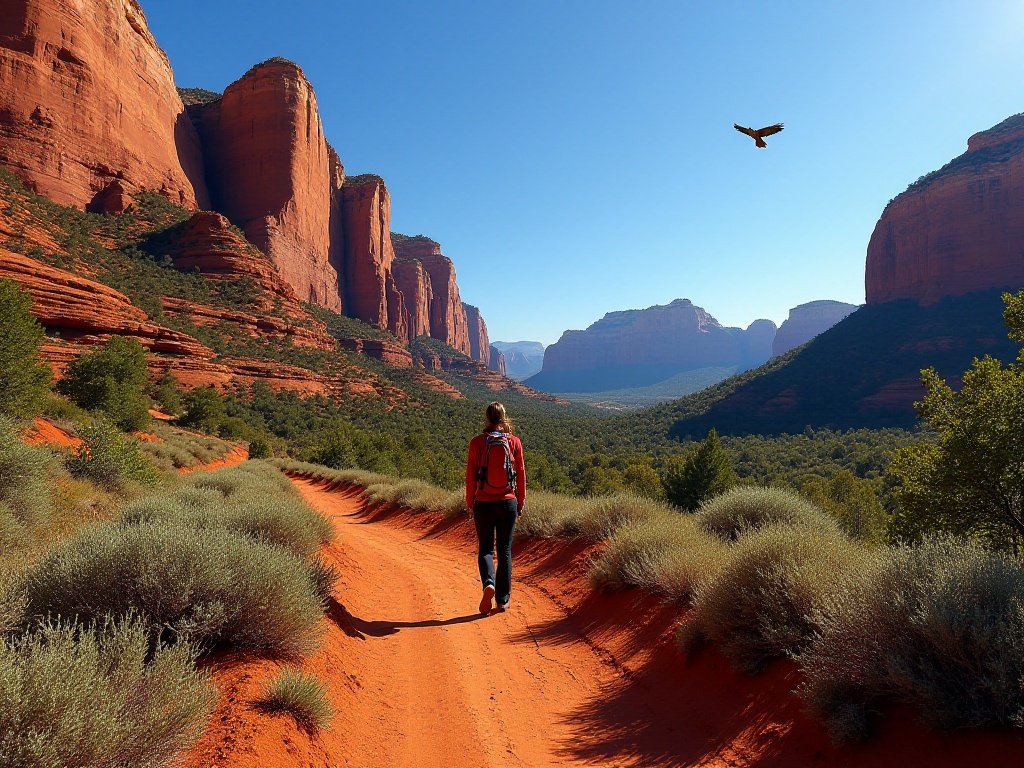
Social Experience
Many worry about being lonely hiking alone, but the reality is quite the opposite. The AT has developed a unique hiking culture, and the social experience here was definitely one of the biggest surprises of the journey.
Each year, about 3,000 people attempt a thru-hike, meaning you meet fellow hikers every day on average. Though people come from different countries and regions with various backgrounds, they naturally form a warm community due to their shared goal.
On the AT, everyone gets a "Trail name." This is a unique tradition where your trail name usually comes from other hikers based on your characteristics or an interesting experience. For instance, my trail name was "Early Bird" because I was always the first to wake up.
Most amazing is how you unconsciously join a "hiking family." You might part ways with companions met today, but reunite at a resupply point a few days later. People share food, exchange trail information, and encourage each other. Sometimes, several people arrange to meet at a resupply point for a proper dinner together.
Evenings at camp are usually the liveliest times. People gather around, sharing the day's experiences and hiking tips. Sometimes you meet hikers carrying guitars, leading to impromptu concerts. In such an atmosphere, strangers quickly become friends.
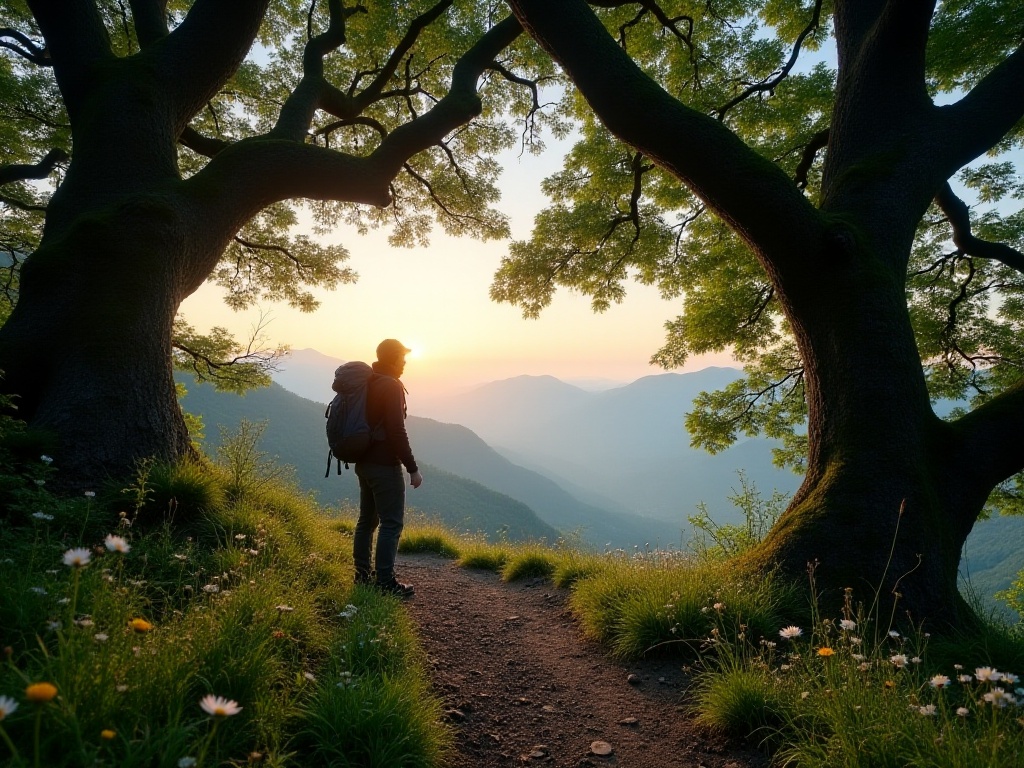
Environmental Awareness
On the AT, environmental protection isn't just a slogan but a principle every hiker must follow. "Leave No Trace" is strictly observed by everyone. 2023 surveys show over 95% of hikers seriously implement this principle, making the AT one of the best-maintained long-distance hiking trails in the world.
Specifically, this includes several aspects: First is waste management. Everything brought up the mountain must be taken down, including food packaging and used tissues. Many hikers carry a small garbage bag to collect trash generated along the way.
Second is campsite selection. Use existing campsites whenever possible, avoiding undeveloped areas to prevent vegetation damage. If wilderness camping is necessary, choose locations with minimal environmental impact.
Toilet issues also reflect environmental awareness. Where there are no public toilets, dig cat holes according to regulations, 15-20 centimeters deep, completely cover with soil after use, and choose locations far from water sources and campsites.
Special attention is needed when using water. Although water sources are relatively abundant along the AT, be careful not to contaminate them when collecting water. When using soap or detergent, stay at least 60 meters away from water sources.

Planning Suggestions
If you want to challenge the AT, I strongly recommend starting preparation at least six months in advance. The first issue to resolve is time. Taking a six-month leave is the biggest challenge for many people. I suggest communicating with your company early to arrange extended leave or unpaid leave.
Next is physical training. Recommend at least two weighted hiking sessions per week, each no less than 4 hours. Train wearing the hiking boots you'll use and carrying equipment to realistically simulate hiking conditions. According to 2023 data, hikers who prepared thoroughly achieved a 40% completion rate, significantly higher than average.
Three months before departure, start serious route planning. Although the AT route is fixed, you need to plan daily hiking distances, resupply point stays, etc. Recommend purchasing detailed trail maps, marking all resupply points, campsites, and emergency exit points.
Supply package preparation is also important. I suggest mailing supply packages to major resupply points in advance, containing food and replacement equipment. This reduces pack weight, requiring only 3-4 days of food carried.
Additionally, understand specific state regulations in advance. Some national parks require advance campsite permits, some areas require bear protection equipment in certain seasons, etc.
Conclusion
The Appalachian Trail is indeed more than just a hiking trail; it's a journey of self-discovery. Here, you'll redefine your limits, meet friends from around the world, and experience unprecedented natural beauty. Every step is a new discovery, every day a new challenge.
On this trail, you'll experience the elation of peak moments and face periods of doubt and struggle in the valleys. But it's these ups and downs that make the journey so special. When you finally stand atop Mount Katahdin in Maine, looking back on this six-month journey, you'll find you're no longer the same person who started.
So, if you're considering a life-changing adventure, why not try the AT? Perhaps this time next year, you'll be standing on the summit, overlooking the land you've crossed on foot, feeling that incomparable sense of achievement.
What do you think? Are you ready for a spontaneous hiking adventure?




